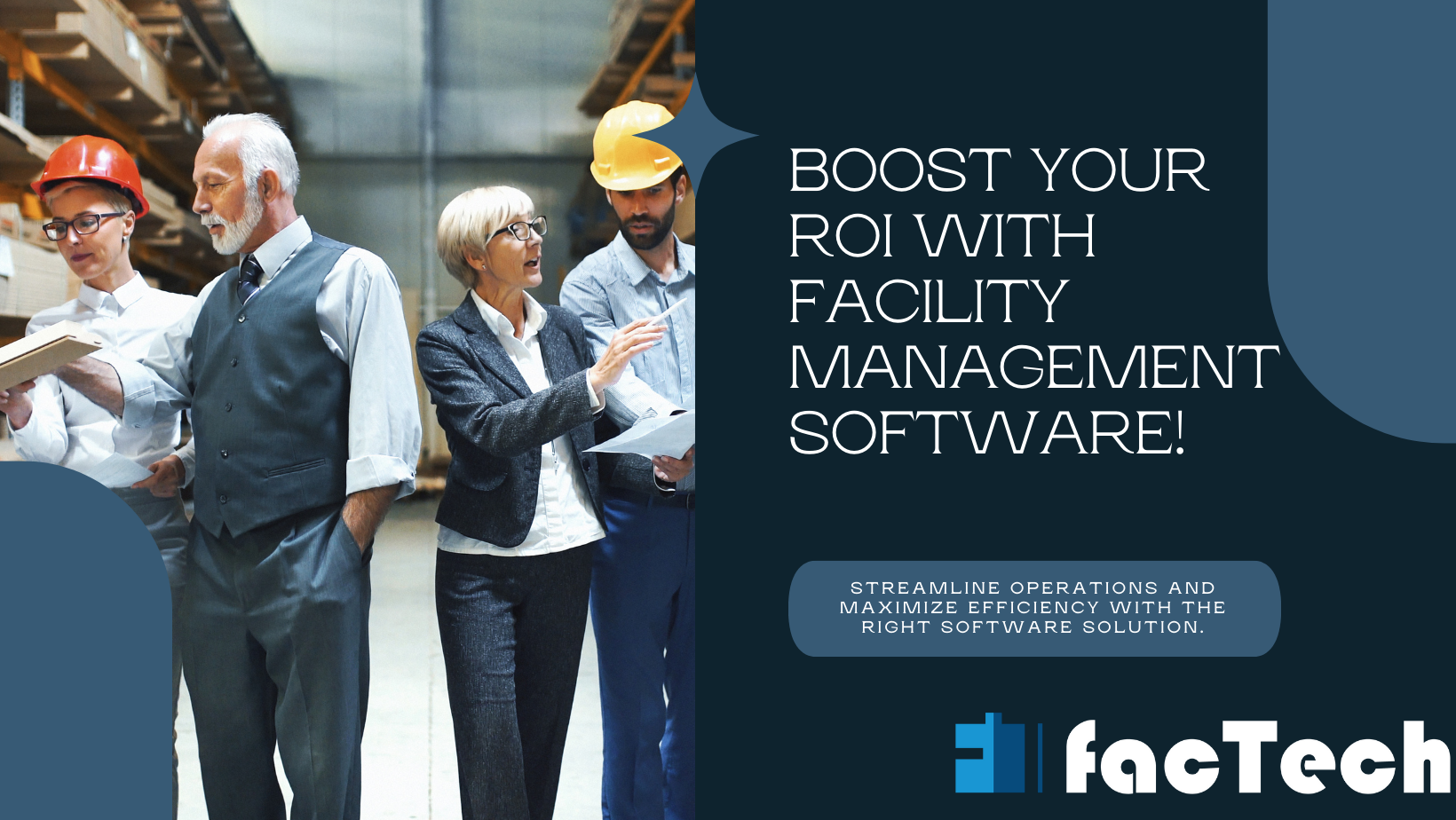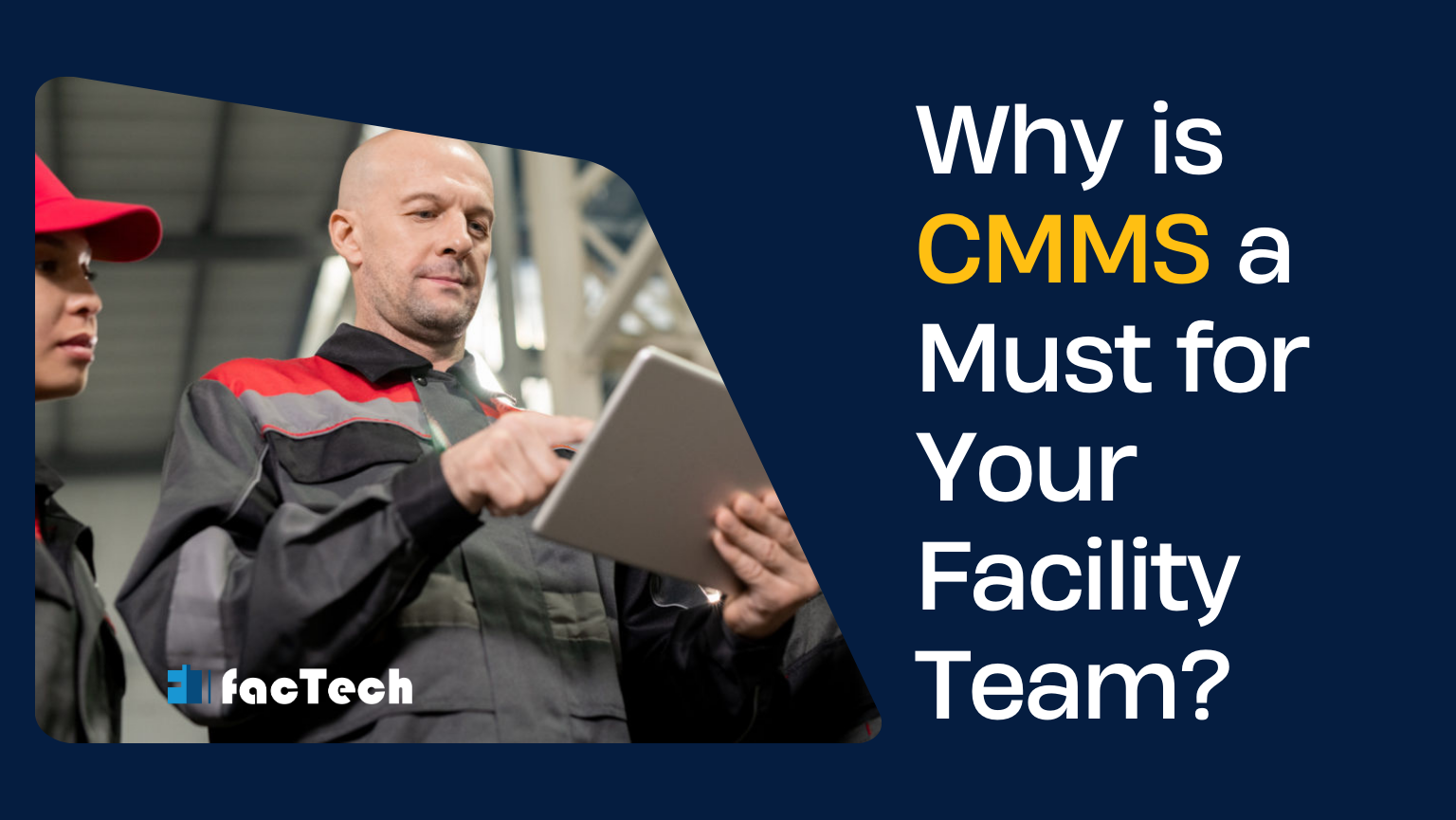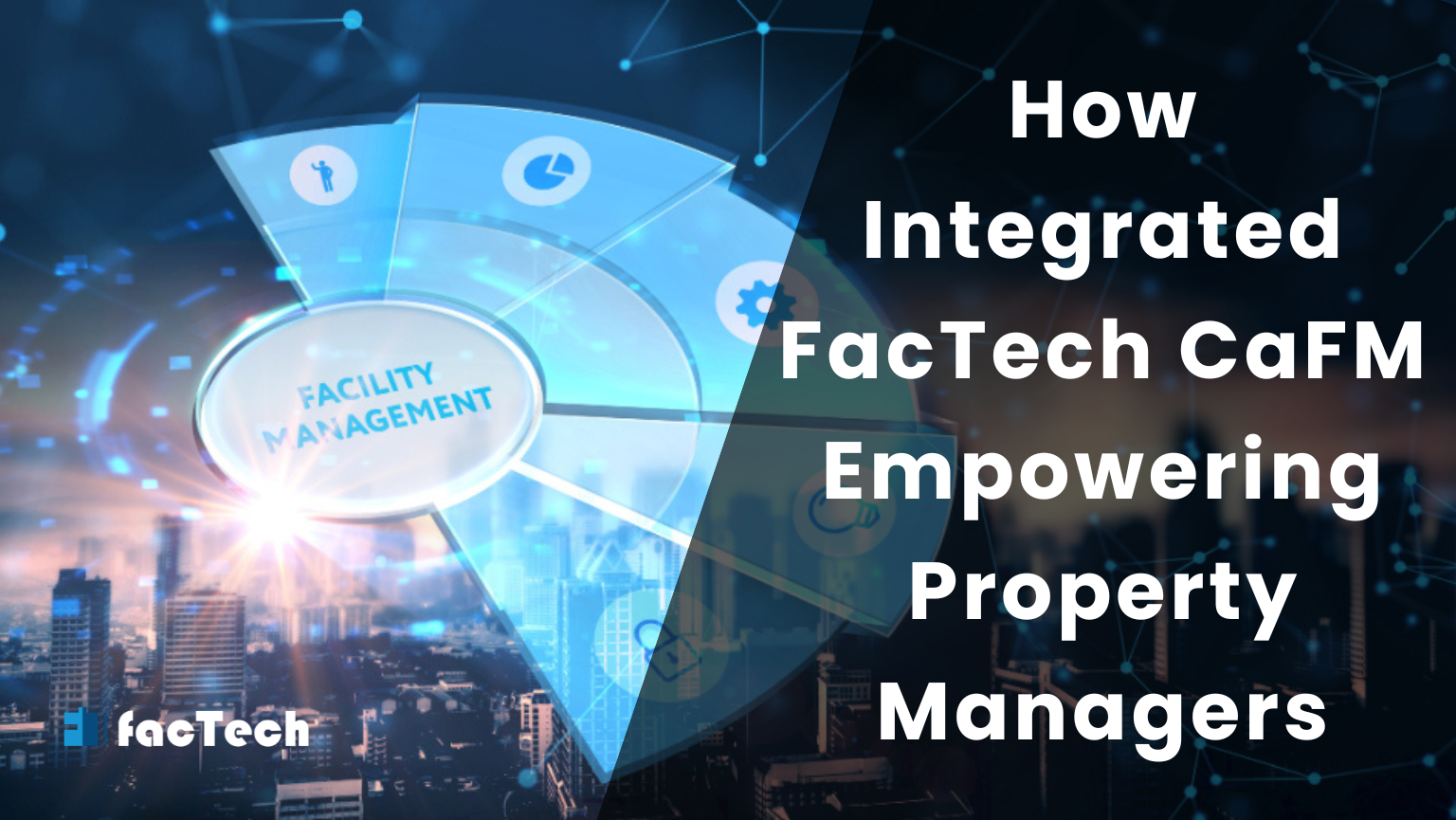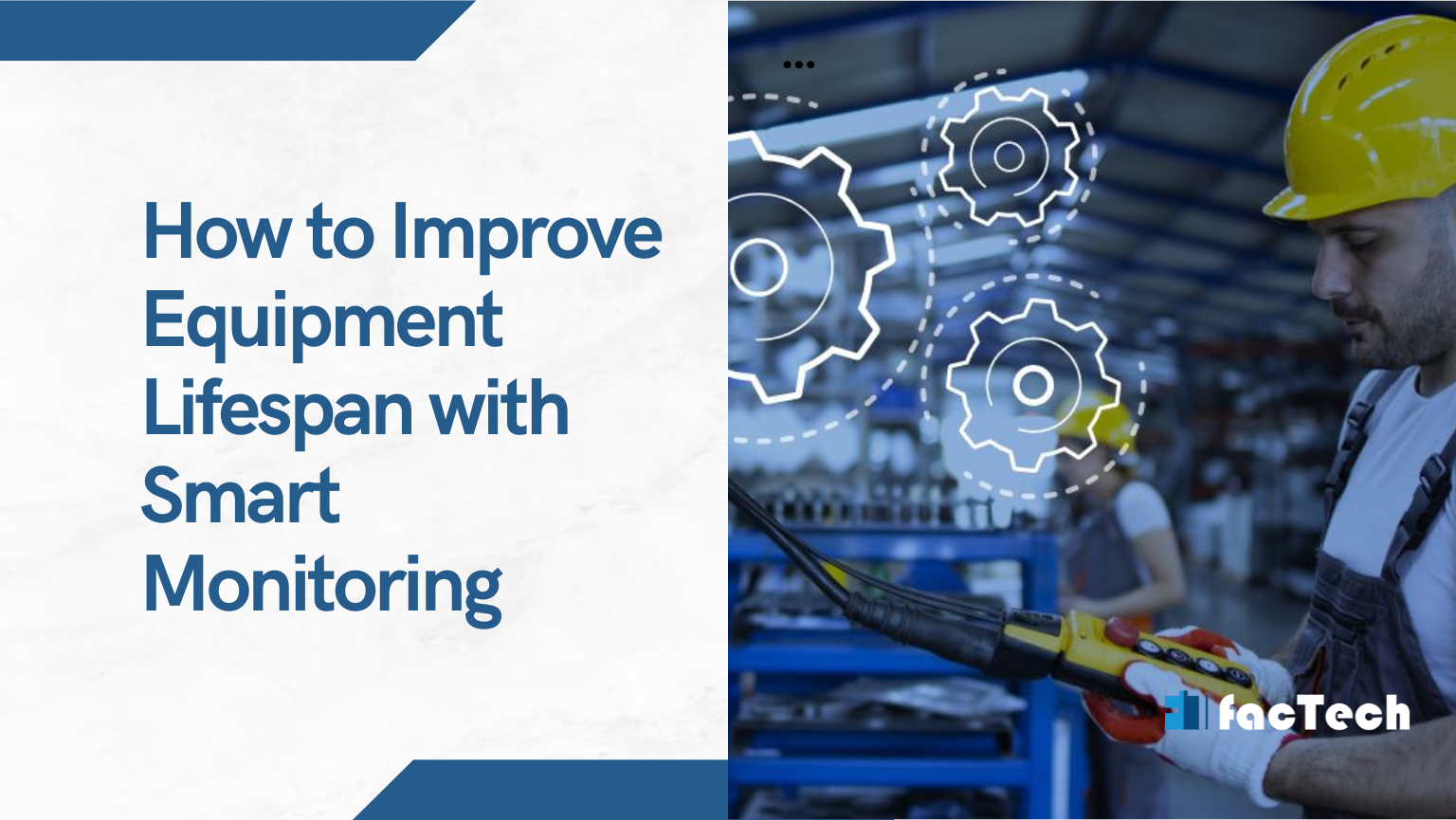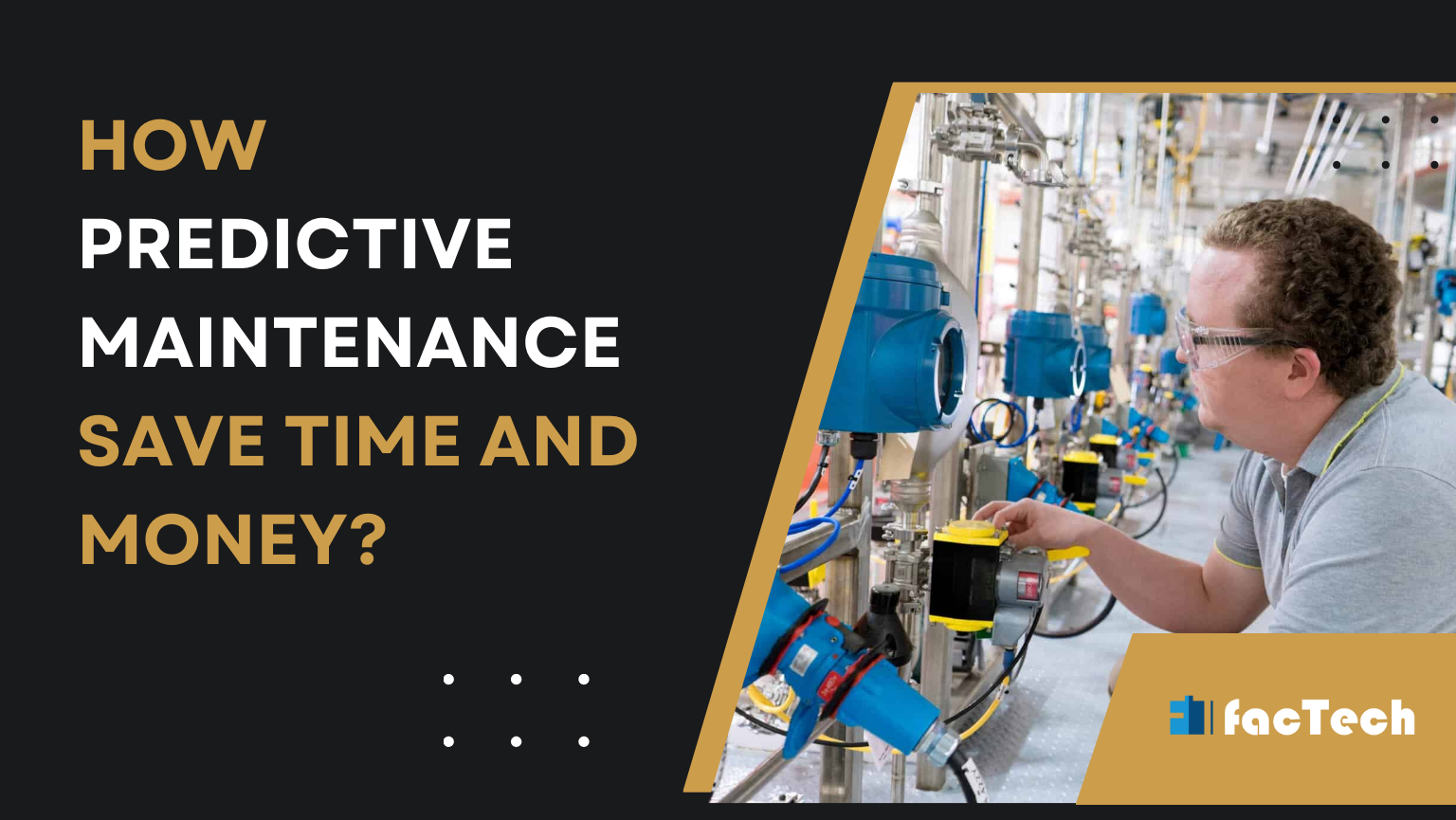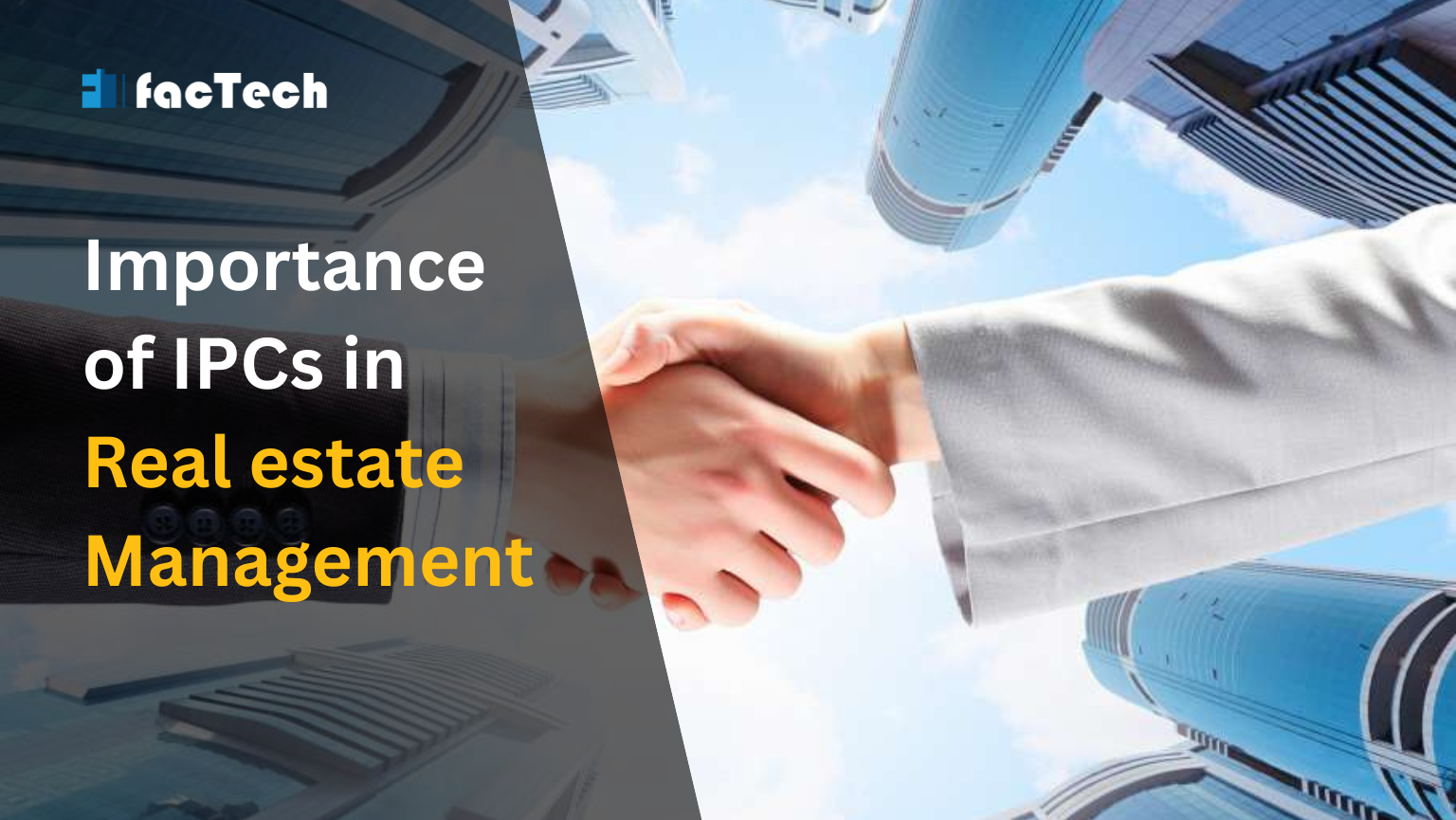What is ROI in Facility Management Software
What is ROI in Facility Management Software
Evaluating the return on investment (ROI) of new technologies is very important in the field of building management, where efficiency and cost-effectiveness are very important. Especially when it comes to site management software, which is a strong tool that claims to make things run more smoothly, cut costs, and make buildings work better overall. How, though, do you figure out this software’s real return on investment?
ROI for property management software is the difference between how much money you make from using the software and how much you spend on it. It’s a way to figure out if the program is making money and is worth the money it costs.
Thinking about the costs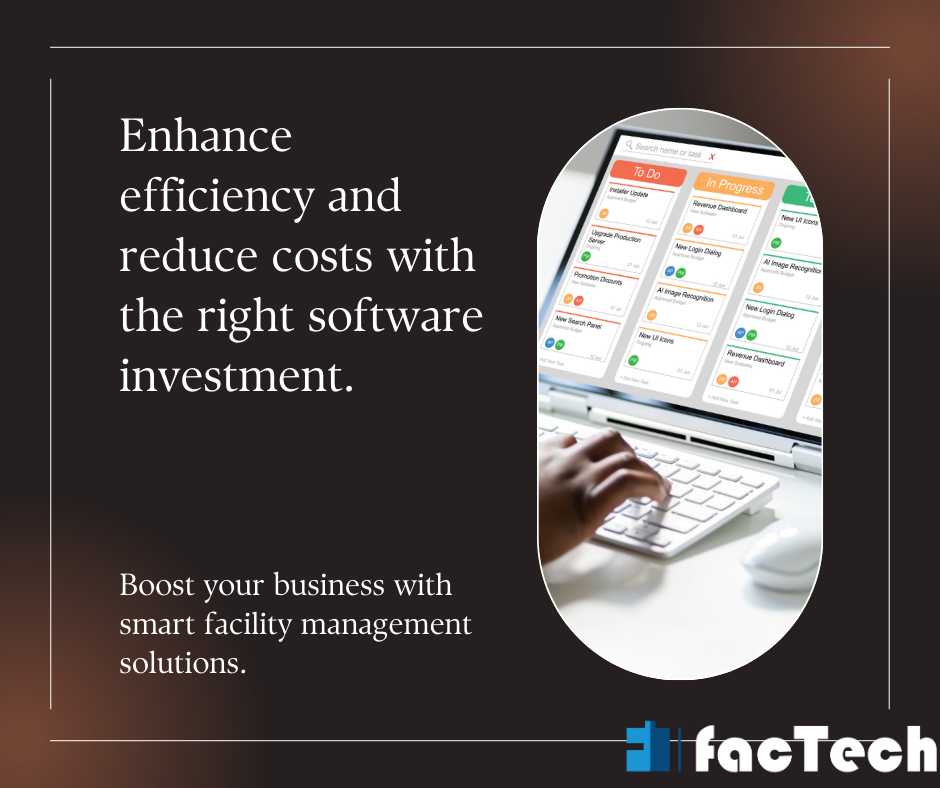
When figuring out ROI, it’s important to include all of the software’s costs. Here’s a list of the main cost factors:
Program licenses: This is the one-time cost of buying the program for as many users as you want.
Implementation: This includes the costs of setting up the program, moving the data, and upgrading any hardware that’s needed.
Training: Teaching your employees how to use the software correctly is an investment that can have a big effect on your return on investment.
Ongoing maintenance: Most facility management software needs to be paid for on a regular basis to make sure it gets updates and technical help.
Getting the Most Out of Your Resources: How Facility Management Software Increases ROI
In today’s competitive business world, building managers need to make sure that resources are used in the best way possible. FM software changes everything by making processes more efficient and increasing the return on investment (ROI) for managing resources. But how does FM really do this? Let’s look into what ROI means in FM and how it affects managing resources.
What You Need to Know About ROI in Facility Management Software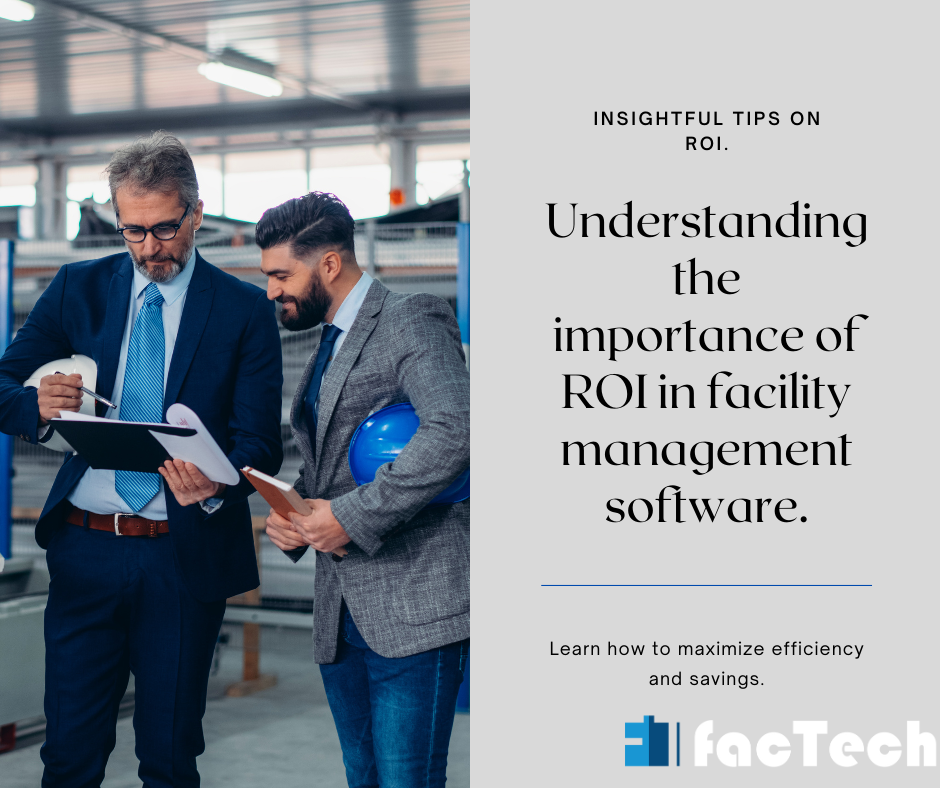
Return on investment, or ROI, is one of the most important ways to figure out if an investment is a good one. When it comes to FM , ROI compares the total costs of adopting the software to the money that was made from it. These costs include software licenses, gear upgrades (if needed), training for employees, and fees for regular upkeep.
FM’s Pros for Resource Management
Here are some of the many benefits of FM that directly lead to lower costs and better resource management. Here are a few of the most important benefits:
Better visibility:
FM gives you a single place to manage all of your facility’s resources, like people, things, and rooms. This real-time visibility gives building managers the information they need to make smart choices about how to use resources and find places where they can be improved.
Workflows that are more efficient:
FM automates jobs that need to be done over and over, like planning maintenance, managing work orders, and keeping track of inventory. This gives the building staff more time and resources, which they can use for more important projects.
Improved Preventive Maintenance:
FM makes it easier to make and carry out preventive maintenance plans, which keeps equipment in better shape for longer and avoids having to fix it in an emergency. This means that in the long run, big saves will be made.
Return on Investment (ROI) for Resource Management with FM 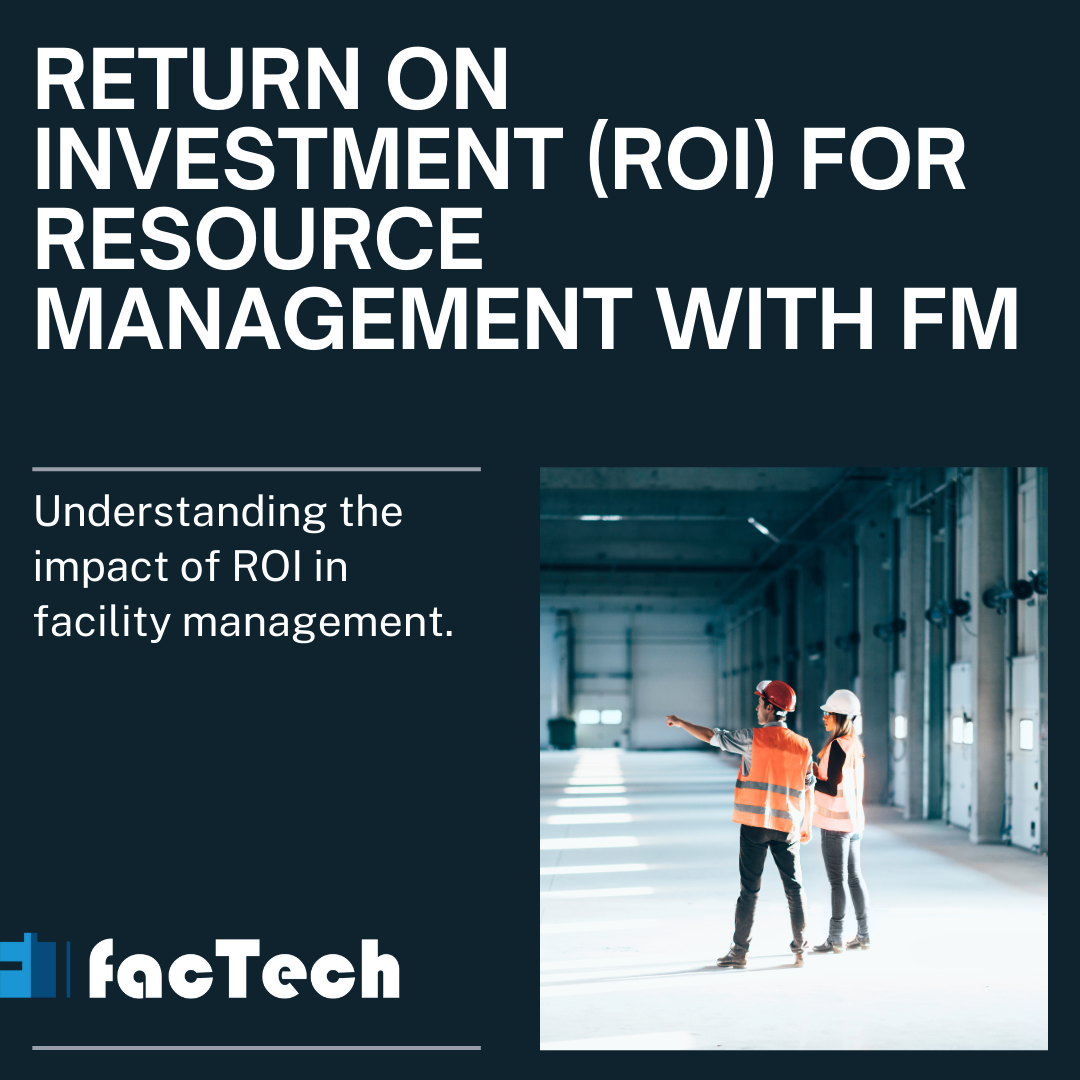
Focusing on measurable benefits can help you figure out the return on investment (ROI) of FM for resource management. Take a look at these metrics:
Reduction in labor costs: Keep track of the time saved by automating tasks and subtract the cost of labor to find the cost savings.
Reduction in maintenance costs: Figure out how much money you’re saving by not having to make as many emergency repairs thanks to FM SW’s preventative maintenance practices.
Improved space utilization: Look at how scheduling and allocating resources efficiently can help you make the best use of space, which could lead to less space and cost savings.
Facility managers get a powerful tool to improve resource management when they use FM . The software’s increased speed, reduced costs, and ability to help people make decisions based on data all add up to a big return on investment (ROI). The initial cost of FM needs to be carefully thought out. But the long-term benefits for managing resources make it a good buy for any business that wants to streamline processes and get the most out of its facilities.
Benefits that Increase ROI
Software for managing buildings has many advantages that can help you save money and run your business more efficiently. Some important areas of effect are:
Lower maintenance costs: Preventive maintenance plans and automated work order management can cut down on reactive maintenance needs by a large amount.
Better use of space: Software can help you make the best use of space. This could mean you don’t need as much extra room.
Better use of energy: Facilities can save money on utility costs by keeping an eye on how much energy they use and finding ways to make things better.
Streamlined workflows: Automating processes and making communication better can help solve problems faster and make staff more productive.
Data-driven decision making: Real-time data and reporting tools help people make smart decisions that lead to better long-term facility management strategies.
Finding the Return on Investment for Facility Management Software
A common formula for calculating ROI is:
ROI = (Benefits - Costs) / Costs x 100%
How to Figure Out Your FM ROI
There steps are as follows :
1. Figure out the costs: You should think about program licensing fees, implementation costs, and ongoing maintenance fees.
2. Quantify Benefits: Figure out how much money you’ll save by having less downtime, fewer repairs, and longer machine life.
It might be hard to put a number on some benefits, but FM data can help you make your ROI calculations more accurate.
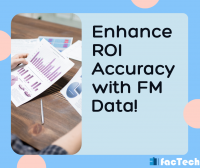 When you invest in FM , you do more than just buy tools. It’s about managing facilities in a way that is based on data and puts preventative repair first. FM offers a strong return on investment (ROI) through cost savings, increased efficiency, and longer equipment life by allowing better maintenance strategies. In turn, this makes facilities run more smoothly and helps a business make more money altogether.
When you invest in FM , you do more than just buy tools. It’s about managing facilities in a way that is based on data and puts preventative repair first. FM offers a strong return on investment (ROI) through cost savings, increased efficiency, and longer equipment life by allowing better maintenance strategies. In turn, this makes facilities run more smoothly and helps a business make more money altogether.
However, accurately measuring benefits can be challenging. Here are some tips for quantifying the value proposition of facility management software:
Set clear goals: Write down your specific goals for implementing the software. An example is like lowering maintenance costs by 10% or making better use of space by 5%.
Track key performance indicators (KPIs): Keep an eye on metrics that are related to your goals. Such as like the time it takes to finish a work order, the amount of energy used. The amount of space occupied can also be added to the list.
Compare data from before and after implementation: Compare important data points. It can be done before and after the software was put in place to figure out what effect it had.
What You Should Do
Return on investment (ROI) is a useful way to figure out if property management software is a good investment. You can make smart choices about this technology investment if you know how much it will cost. The key measures can then be changed accordingly. Keep in mind that ROI is more than just saving money. Software for managing facilities can help your long-term facility management plan succeed. They also make your operations more efficient, giving you data-driven insights, and making everything run more smoothly overall.
